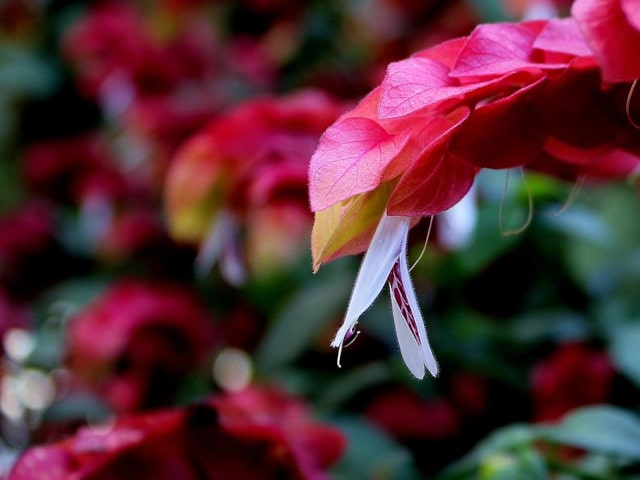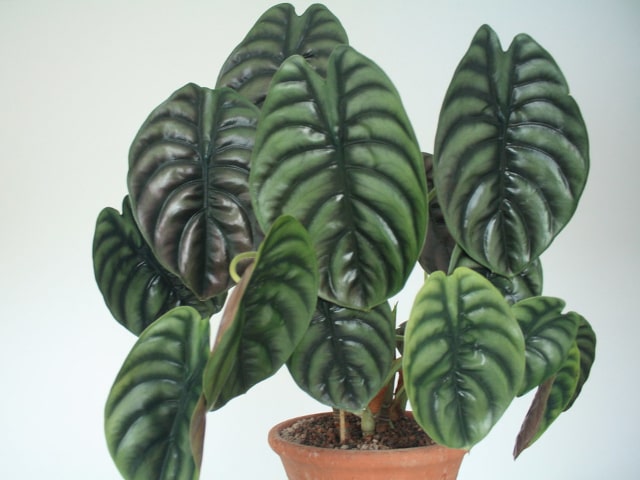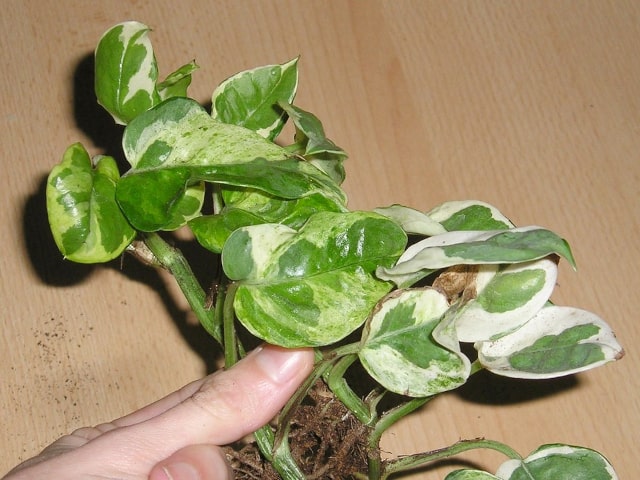
The Shrimp plant (Justicia brandegeana) derives its name from arching, bronze-coppery flowerheads. It can bloom all year long, which makes it into a popular houseplant. It's very easy to grow so it's great even for beginner gardeners. You can put your Shrimp plant on a patio or a deck to decorate it. Hummingbirds love them!
Shrimp Plant Information
These plants can grow about 12 inches in height when grown in pots. They are low and compact plants that can be encouraged to produce more flowers. They can also be grown in a tree form, but in this case, it's important to keep the head tight for flowering.
This plant is mainly grown for its decorative flowers which resemble shrimp. The plant has white, tongue-shaped flowers with no fragrance. They last for a short time and then are replaced with new flowers.
How to Care for Shrimp Plants
The Shrimp plant needs plenty of light but not direct sunlight. If you keep them outdoors in summer they can handle both sun or shade as long as the sun is not too strong. The plant prefers fresh air and temperatures in the 65 to 75 degrees F. Ideal winter temperatures are about 55 to 65 degrees F.
This plant requires well-drained soil. If you keep it outdoors in summer you should water it 1 or 2 times per week. During winter, it's important to keep the soil damp. Make sure to never let the plant dry out completely. It's best to water it with a solution of liquid plant food during warm months. In case the plant flowers during winter, cut the amount of food in half (or cut it out completely). The Shrimp plant should be repotted yearly. Alternatively, you may give it new top soil each spring to make it thrive.
Pests and Other Problems
The shrimp plant sometimes displays certain problems. The most common are:
- Pale leaves. This is a sign that your plant needs more food. Feed it slowly at first.
- Blackened flower bracts heads. It happens when the flower heads get wet during watering or rain. The solution is to remove affected flower heads.
- Yellow leaves. This is a common sign of overwatering. In case the soil is dry, it's possible that the cause is red spider mite, which can be found on undersides of leaves. If you find the pests, treat them with approved miticide spray. It's important to keep humidity up.
- Pale drab flower heads. If you see them losing color and turning yellow, it's usually a sign that your plant needs more light.
- Straggly growth. This can mean that your plant receives too much heat and not enough light. The solution is to move the plant to a brighter, cooler place.
Photo credit: Mauricio Mercadante




9 Comments
Some of the leaves on my Shrimp Tree are turning red around the edges. Also, it's growing lots of new leaves but no flowers. Why? Thanks.
My bush has turned yellow seems to be dying. Are they supposed to do that?
Our Shrimp plant bloomed profusely. Now, after blooming, it is dying. Why? It has southern exposure. When it was not in bloom, it flourished. After blooming it is dying. Cuttings will not even root. What is happening?
I love these plants and have given startings to family. The problem I am a
having now is black spots on the leaves. I see gnats flying are where the plant and I have a grow light to help give it light. What is causing this? and what do I do? I really need help.
Thank you
Freida Schreck
Riverton, Illinois
This is great information. I just bought one. Please add how to propagate new shrimp plants. Thank you ahead of time.
Where can you buy this shade of shrimp plant?
Thanks for your care information. It was very helpful, and I love my shrimp plant!
I propagated my one plant easily, rooting in water. We grown these year-round in central Texas, where our temps soar in the 100's. They bush out nicely with heights of 4-5 feet.
There's no nectar at all in Shrimp tree plant flowers! Do you know why that is; I purchased it a week ago! Please help!